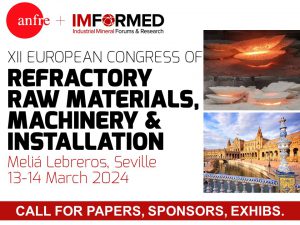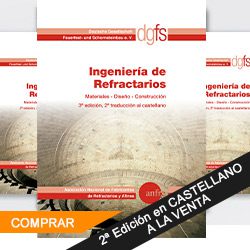Metallica Minerals and Melior Resources have announced a merger that will combine the two companies’ titanium, zirconium and bauxite assets, all of which are in Queensland, Australia.
Australian Stock Exchange-listed Metallica Minerals Ltd and Melior Resources Inc, currently listed on Toronto’s TSX Venture Exchange, announced on Thursday September 13 a binding agreement under which the two companies will merge their titanium, zirconium and bauxite assets.
All of the assets to be included are in the north-eastern Australian state of Queensland. The merger is taking place at a time when prices for zircon and rutile are high and there is a bullish outlook on ilmenite from Melior.
Metallica will bring to the deal its 50%-owned Urquhart heavy mineral sands (HMS) and bauxite projects, as well as its wholly owned Cape Flattery silica sands and Esmeralda graphite projects. Melior will bring its production-ready Goondicum ilmenite-phosphate project.
«Goondicum… has similar attributes to Urquhart bauxite in that it is fully funded and will be brought into production relatively quickly,» Metallica chairman Peter Turnbull said in the announcement.
The Urquhart bauxite project is not scheduled to begin production until after the 2018/19 wet season. This is during summer in the southern hemisphere, and runs from November to April.
Goondicum is located further south and is not affected by the wet/dry seasonality of areas further north. It is set to commence production in November this year, but is not expected to begin to generate an income until the second quarter of 2019.
The Goondicum project has had three operating phases – in 2007/08, 2012/13 and 2015. On each occasion, the project was finally put into care and maintenance, with the latest of these being blamed on poor market conditions. If the project is put into production again, a key objective will be to maximize throughput and improve product quality, so as to reduce costs and increase revenue.
Metallica’s HMS project and Melior’s Goondicum project are similar in that they both contain ilmenite. But the Goondicum project is not strictly a mineral sand deposit; rather, it is a unique «flat-lying residual oxide deposit of a weathered gabbro intrusion.»
But the ilmenite mineralization at Goondicum is not a hard rock, because it occurs as «liberated fine grains.» Additionally, while Goondicum depends for its success on the production of ilmenite and apatite, Metallica’s HMS project depends on zircon and rutile.
Industrial Minerals asked Melior’s director and chief executive officer, Mark McCauley, about the potential synergy between the HMS project and Goondicum. The HMS project was «clearly bread-and-butter for Melior,» he said, adding that while it is a small project, there is potential for exploration, and a mining lease has already been granted.
A preliminary economic assessment released in April 2018 gave the project an estimated mine life of nine years, at an average production rate of 160,000 tonnes per year of ilmenite.
This assessment was calculated by independent consultant TZ Minerals International (TZMI) with the use of a long-term ilmenite price forecast of $204 per tonne fob Australia. The ilmenite being produced at Goondicum would be a sulfate ilmenite containing around 50% TiO2, and is highly reactive, McCauley said.
This means that the company will look for customers among sulfate pigment producers in China, where ilmenite prices have been depressed in recent weeks due to a number of factors. Industrial Minerals assessed the price for ilmenite concentrate, 47-49% TiO2, cif China, at $170-180 per tonne on September 13, down from $185-195 per tonne on August 16.
While Metallica’s HMS project can begin production at short notice because it has a mining lease in place, the company’s website notes that no production has taken place because of depressed commodity prices. So far, no start date for production at the HMS project has been suggested.
This may change however, with the prices for both zircon and rutile rising on supply tightness and solid demand.
Industrial Minerals assessed the price for zircon, premium grade, min 66.5% ZrO2, bulk, cif China, at $1,410-1,710 per tonne on September 13, up from $1,030-1,100 per tonne a year ago.
The price for rutile concentrate, min 95% TiO2, large volumes for pigment, fob Australia, was assessed at $930-1,050 per tonne on September 13, up from $710-770 per tonne a year earlier.



